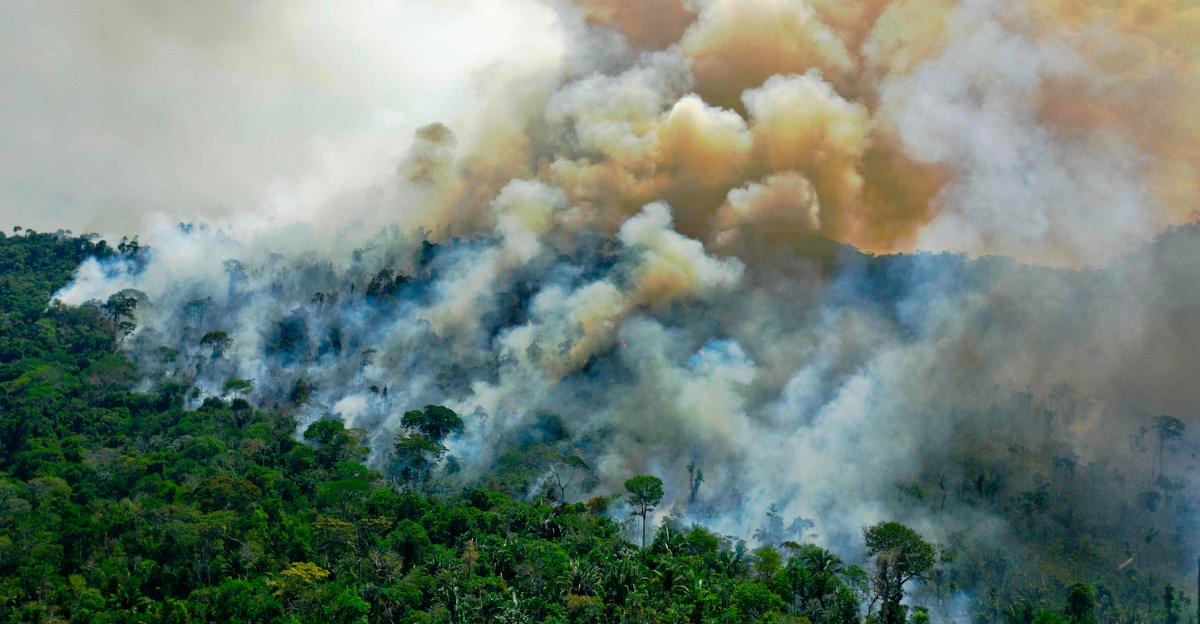
A notable shift has emerged in wildlife conservation leadership in the United States in recent years. Historically, U.S. presidents have been pivotal in establishing and enforcing wildlife protections and natural habitat preservation. However, recent presidential administrations have shown mixed or weakened commitments, with some rolling back critical environmental policies.
In response, state governors are increasingly stepping up to fill this leadership void, spearheading efforts to protect forests, wildlife, and ecosystems amid federal inaction. This article explores the historic presidential legacy in conservation, recent federal shortcomings, and how governors champion wildlife protection today.
Presidents Who Pioneered Wildlife Protection
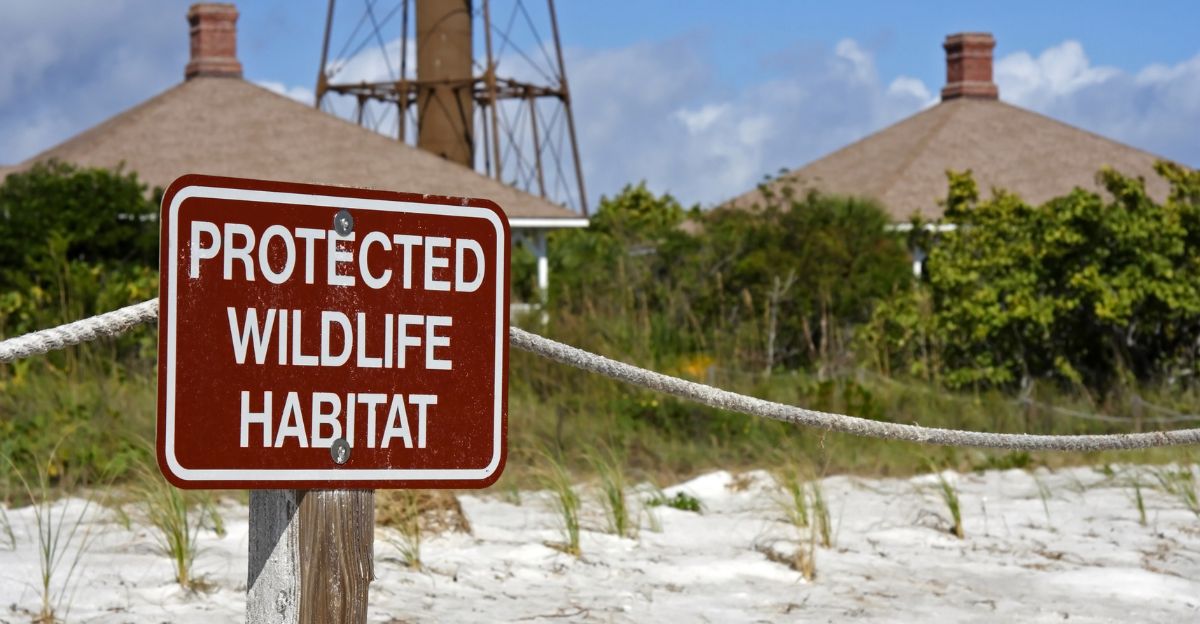
Several U.S. presidents have left indelible marks on wildlife conservation. Ulysses S. Grant established the first national park, Yellowstone, and protected marine mammals. Theodore Roosevelt, a conservation titan, created the first wildlife refuge and signed the Antiquities Act, protecting millions of acres. Franklin D. Roosevelt’s Civilian Conservation Corps planted billions of trees and built park infrastructure.
Lyndon B. Johnson enacted the Wilderness Act and precursor laws to the Endangered Species Act. Richard Nixon’s administration passed landmark laws, including the Endangered Species Act, and created the EPA. Jimmy Carter protected vast Alaskan wilderness, while Bill Clinton expanded national monuments and strengthened refuge protections. Barack Obama continued this legacy with significant conservation initiatives.
Presidential Failures and Environmental Rollbacks
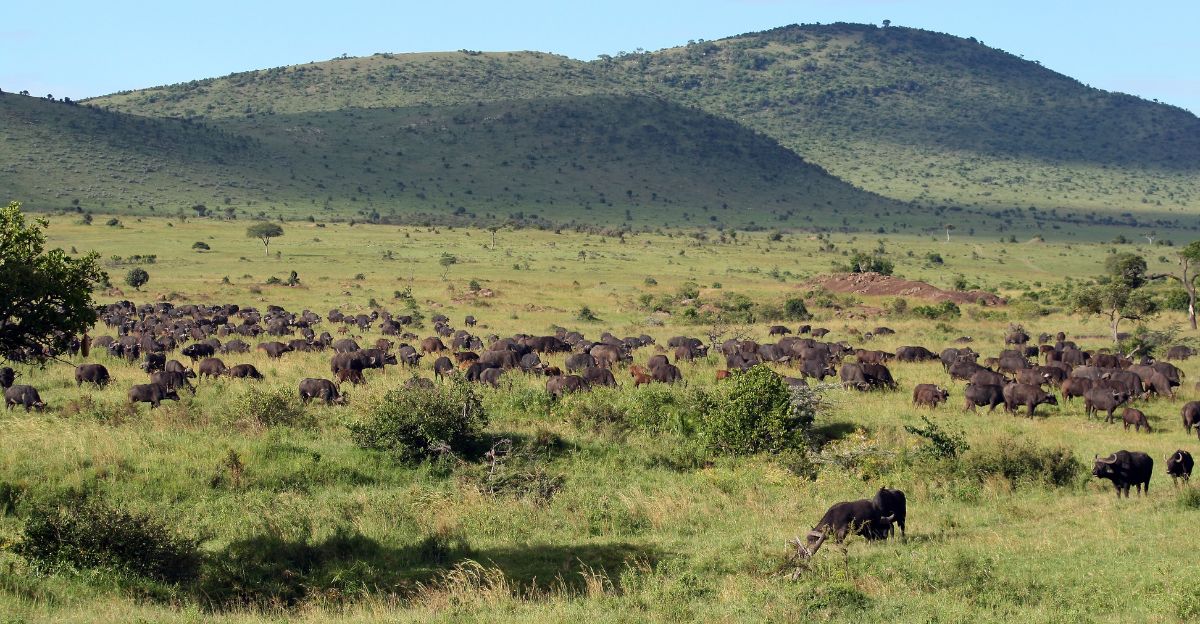
Contrasting with historic leadership, recent administrations, notably under Donald Trump, have weakened wildlife protections. Policies rolled back Endangered Species Act safeguards, shrank national monuments, and opened public lands to fossil fuel extraction.
Funding cuts undermined enforcement agencies, reducing capacity to protect habitats. These actions sparked widespread concern among conservationists as vital ecosystems faced increased threats from deregulation and development pressures. This federal retreat has created a leadership gap in wildlife conservation.
Governors Filling the Leadership Void

Without intense federal action, governors across the U.S. and globally have emerged as key players in wildlife and habitat protection. Many have enacted policies to conserve forests, regulate land use, and promote sustainable practices.
Their leadership often includes resisting federal rollbacks and innovating nature-based solutions tailored to local ecosystems. This state-level activism represents a critical front in combating wildlife destruction and climate change, demonstrating how decentralized governance can respond effectively to environmental crises.
Surprising Success Stories from the States
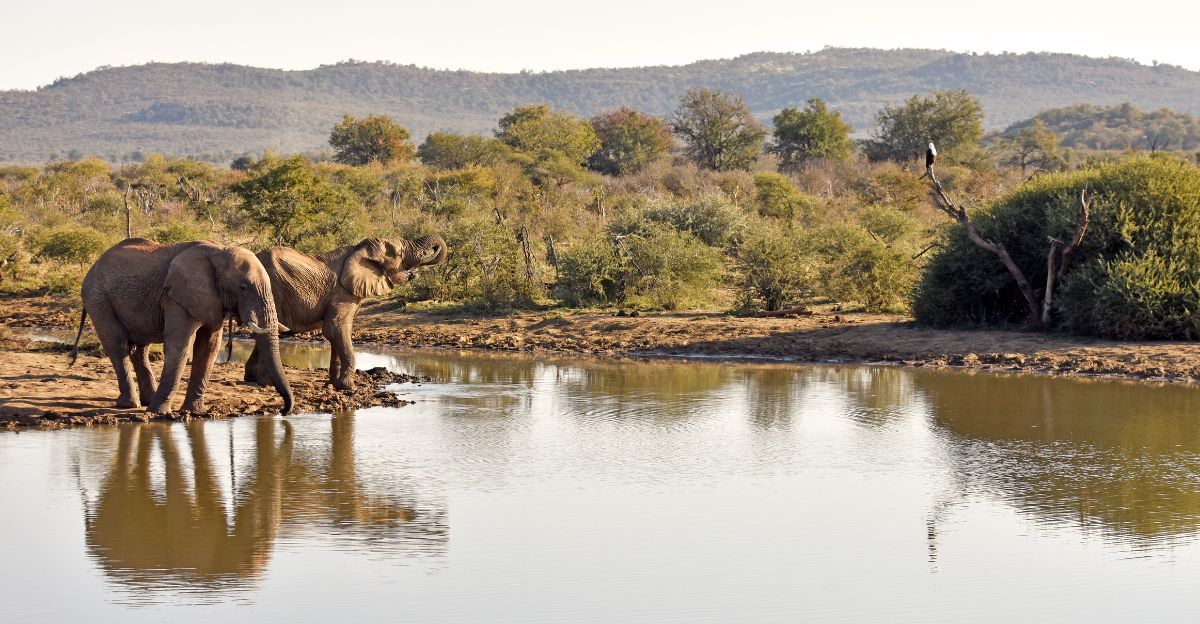
Some governors have enacted bold wildlife protections that defy expectations. For example, certain states have resisted federal attempts to weaken endangered species protections, expanding habitat conservation areas.
Others have launched innovative programs integrating forest restoration with economic development, creating jobs while preserving biodiversity. These initiatives often involve collaboration with indigenous groups and local communities, showcasing how state leadership can produce creative, effective conservation outcomes even amid federal retrenchment.
Wildlife Conservation Meets Climate Action
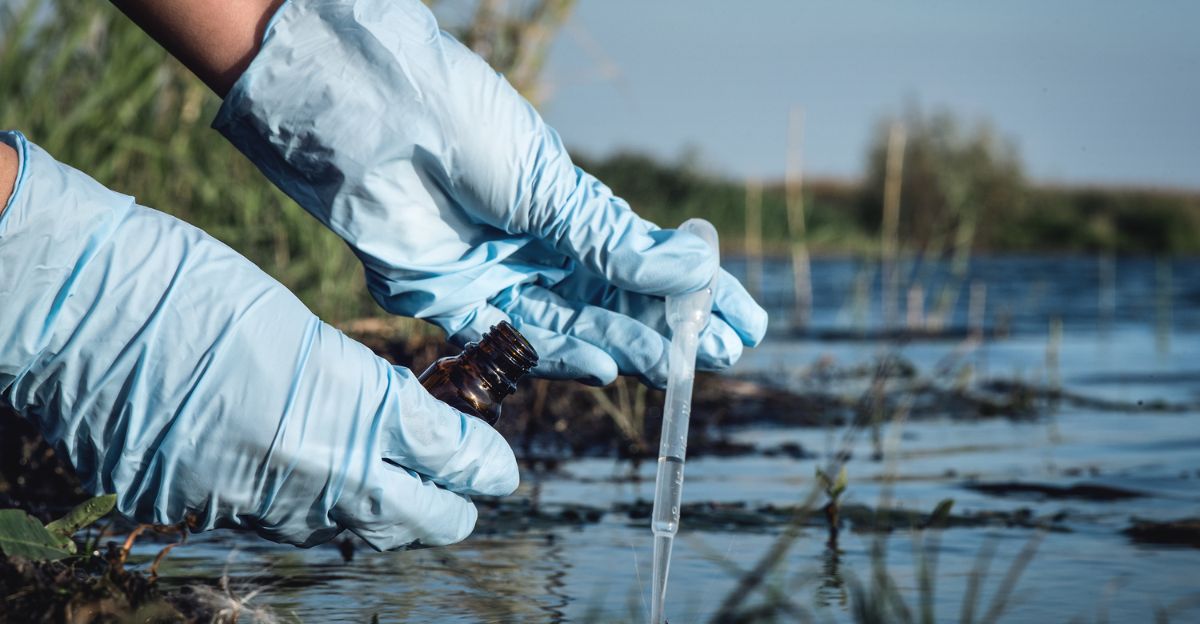
Governors’ wildlife protection efforts increasingly intersect with climate change mitigation and public health. Nature-based solutions such as forest restoration, wetland protection, and sustainable land management preserve biodiversity, enhance carbon sequestration, and reduce climate risks.
These co-benefits support clean energy transitions and improve ecosystem resilience. By integrating conservation with climate policy, governors advance holistic approaches that address multiple environmental challenges simultaneously.
Debating the Balance of Power in Conservation

While state leadership has surged, some experts caution against fragmented conservation policies. They argue that wildlife protection requires consistent, nationwide standards and strong federal oversight to prevent patchwork regulations that may undermine ecosystem connectivity.
Conversely, proponents of state-led efforts emphasize the advantages of local knowledge and tailored governance responsive to regional ecological conditions. This debate highlights the complex balance between centralized authority and decentralized innovation in conservation.
Federal Conservation Laws and Their Challenges

Key federal laws, such as the Endangered Species Act, Clean Air Act, and Wilderness Act, have been foundational in protecting wildlife and habitats. Agencies such as the U.S. Fish and Wildlife Service enforce these laws. However, enforcement challenges, funding cuts, and political interference have weakened their effectiveness.
These difficulties underscore why state leadership has become vital to filling gaps and sustaining conservation momentum, ensuring critical protections endure despite federal limitations.
Charting a Path Forward for Wildlife Protection
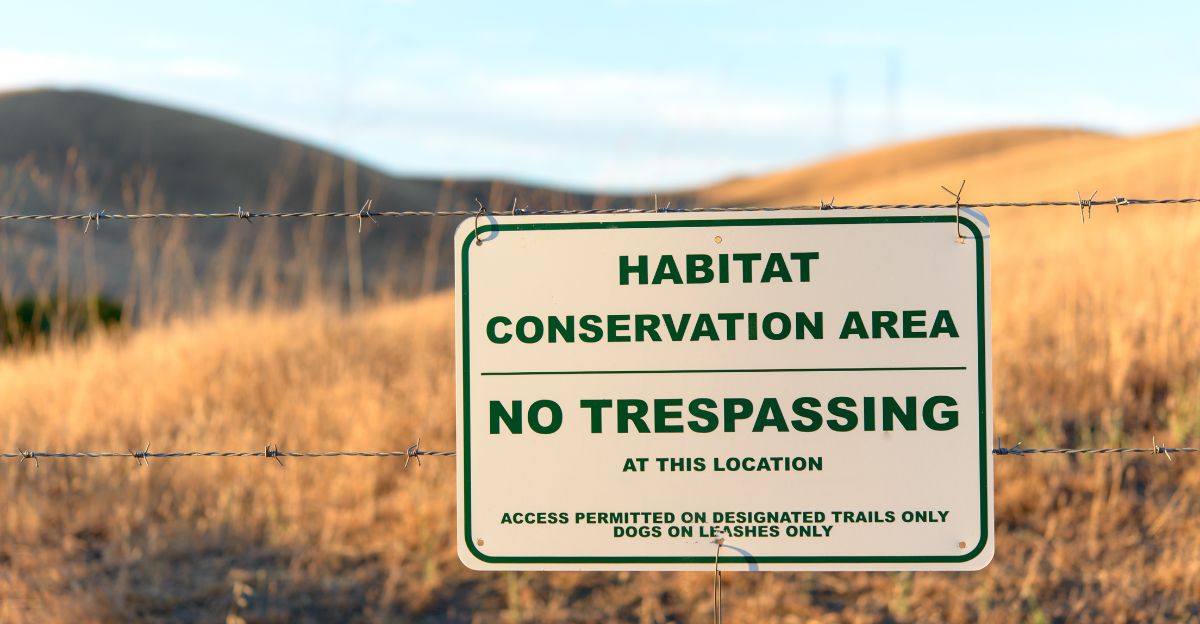
The future of wildlife conservation likely involves complex interactions between governors and presidents. Collaboration could unify efforts, leveraging federal resources with state innovation. However, political clashes may persist, especially as environmental issues grow more urgent.
Bipartisan support and integrated strategies will be essential to safeguard wildlife amid escalating threats from habitat loss, climate change, and development pressures. The evolving leadership landscape presents both challenges and opportunities for conservation.
Governors Leading the Charge: A New Era in Wildlife Conservation
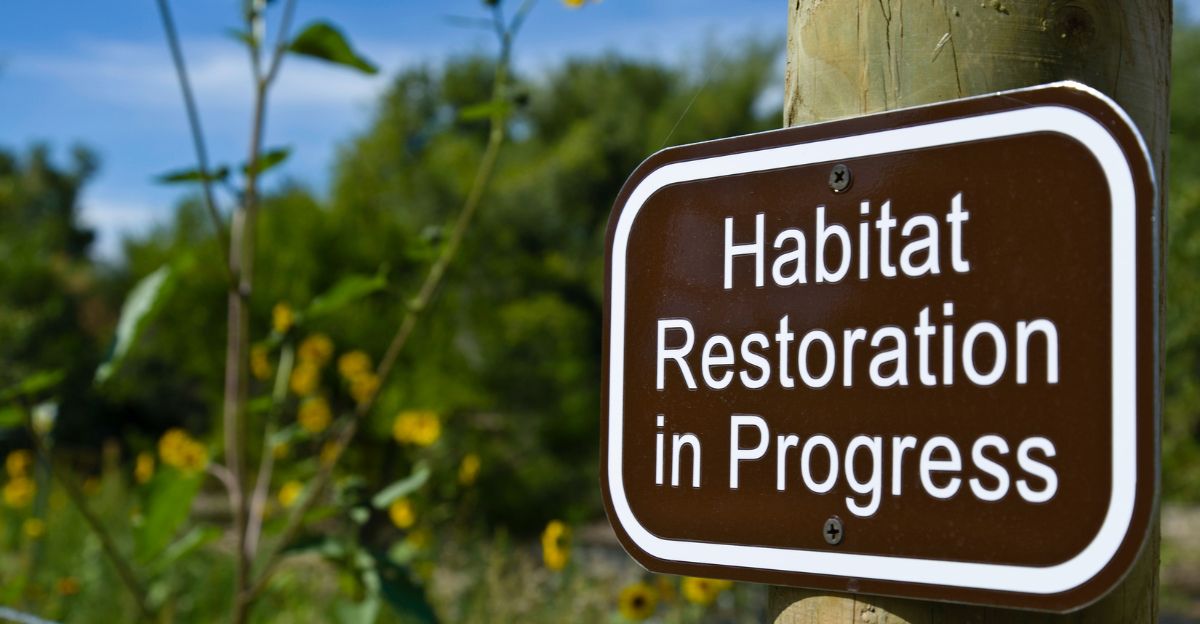
The shift from presidential to gubernatorial leadership in wildlife protection marks a new era in conservation. Governors have become frontline defenders of natural habitats, compensating for federal policy rollbacks and enforcement gaps.
This transition highlights the urgency of sustained political will at all government levels to prevent further destruction of biodiversity. A renewed commitment grounded in science, inclusivity, and cooperation is critical to securing a future where wildlife and ecosystems thrive.
Explore more of our trending stories and hit Follow to keep them coming to your feed!

Don’t miss out on more stories like this! Hit the Follow button at the top of this article to stay updated with the latest news. Share your thoughts in the comments—we’d love to hear from you!







